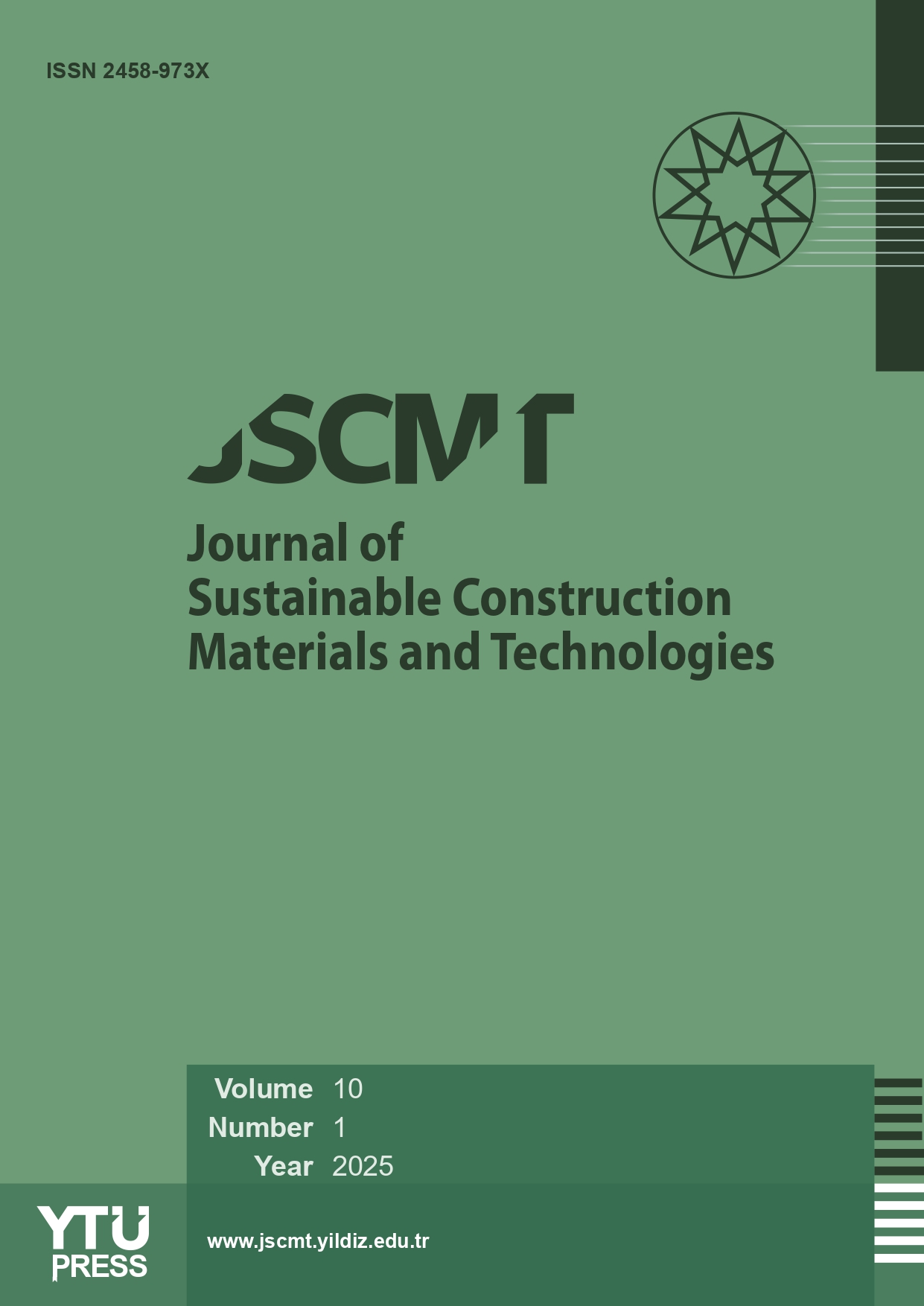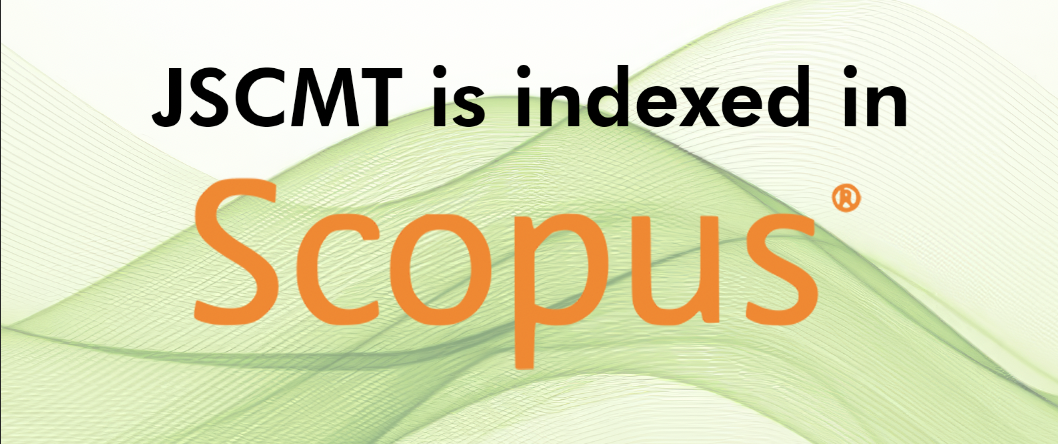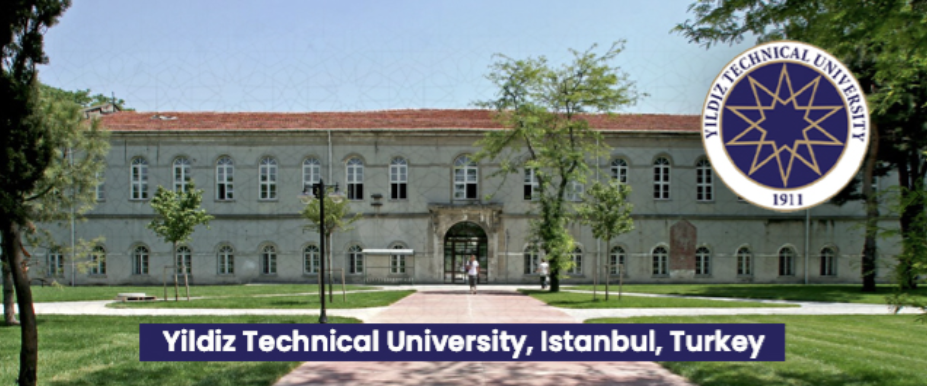Abstract
Sustainability is a growing area of concern, especially amid the concrete industry. Concrete, especially traditional concrete, which contains Portland cement, is extremely harmful to the environment producing mass amounts of carbon dioxide. Additionally, the mining of the concrete materials, like lime, cause significant damage to waterways and ecosystems. For years, studies have found more sustainable alternatives that are structurally equivalent to traditional concrete. The Connecticut Department of Transportation does allow for the use of alternative “green” concretes if the mix designs meet the required specifications. Nevertheless, heavy highway construction seems reluctant to experiment with new substances and continues to fall back on the use of fly ash concrete. This solution, however, is not perfect, as fly ash is a finite material. By conducting a nationwide survey to the Departments of Transportation (DOT), the reliance on fly ash was evident. It was also found that the biggest concerns for DOTs was the cost and availability of the material. This study investigates presently accepted alternative concrete mixture designs and explores the solutions of volcanic ash concrete and ground glass concrete. Based on the results of the survey and construction practicality, this study suggests the incorporation of ground glass concrete for heavy highway construction. This solution provides the needed strength requirements per DOT specifications and is within the same price-range as fly ash concrete.
















